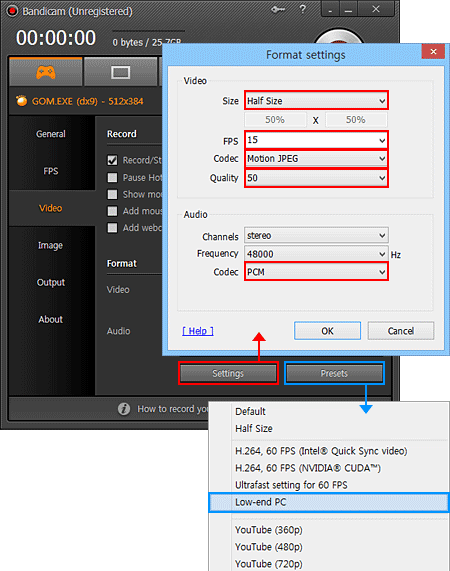

Specifically, we recorded the motion picture of the ultrashort light pulse propagation for 1.04 ps. We experimentally succeeded in extending the recordable time for the first time using the proposed technique. This technique is a new application of the polarization-imaging camera. We employed a polarization-imaging camera in order to implement the proposed technique to extend the recordable time. Pixels and records 1 pixel of each of the two holograms.

In this technique, the image sensor is spatially divided into multiple micro-areas. Then, to extend the recordable time of digital light-in-flight recording by holography, we proposed a technique that records two holograms as a single hologram using double reference light pulses with an image sensor. However, the recordable time of the technique has been limited by the lateral length of the image sensor used for the recording of the hologram, and no technique for extending the recordable time has been reported yet.

This study of the optical nonlinear properties of Ga:ZnO may provide a strategy for applying this material in the fields of optoelectronics and photonic devices.ĭigital light-in-flight recording by holography is a powerful tool for observing ultrashort light pulse propagation as a motion picture.

The FCA cross section and 3PA coefficient are σα=3×10-17 cm2 and β3=2.5×10-4 cm3/GW2, respectively, and the optical limiting related to FCA was also experimentally examined. Experimental results prove that Ga:ZnO exhibits strong nonlinear absorption at a wavelength of 800 nm. 3PA-induced FCA was examined and distinguished successfully from 3PA through z-scan measurements. Here, we examine the optical nonlinearity of Ga:ZnO with the help of a theoretical quantitative model of three-photon-absorption (3PA)-induced free carrier absorption (FCA) and free carrier refraction (FCR). Ga-doped ZnO (Ga:ZnO) possesses many advantages due to the unique atomic structure and intriguing physical and chemical properties of Ga, but its optical nonlinear characteristics are rarely studied, so it is difficult to expand its application in the fields of optoelectronics and all-optical components.


 0 kommentar(er)
0 kommentar(er)
